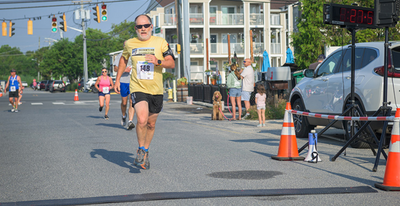2 min
Hiring Gen Z: What employers keep getting wrong
As with any new generation entering the workforce, Gen Z possesses unique tools and strengths but also experiences challenges trying to land that first job where Millennials, Gen X-ers and Baby Boomers are doing the hiring. University of Delaware career expert Jill Gugino Panté can talk about how employers can address gaps in the hiring process and communication issues as they relate to a generation that prioritizes work with purpose, authentic connections and work-life balance. Panté, director of the Lerner Career Services Center at the University of Delaware, pointed to the following three areas that should be prioritized: • Transparency. Gen Z wants to feel special and appreciates individual attention, Panté said. Employers should make the hiring process transparent and respond to emails. During busy times, they should use an out of office message that states when they will respond. • Clarity. Make details about salary, benefits, flexibility, skill building and career advancement clear. These details should be on a company's careers page so that candidates have a good understanding of what they can expect. Clarity in job postings is also important: It doesn’t make sense that an entry level position requires more than two years of experience. Don’t call it entry level if it’s not entry level. • Communication mistakes. Be transparent with Gen Z candidates about the process and timeline. More importantly, stick to that process. If a change is made, they should communicate it immediately. Also, employers should be authentic in their communication. If the process is taking longer than expected or they haven’t communicated effectively, employers should acknowledge it instead of continuing to ghost applicants. To reach Panté directly and arrange an interview, visit her profile page and click the "contact" button. Interested journalists can also send an email to MediaRelations@udel.edu.





